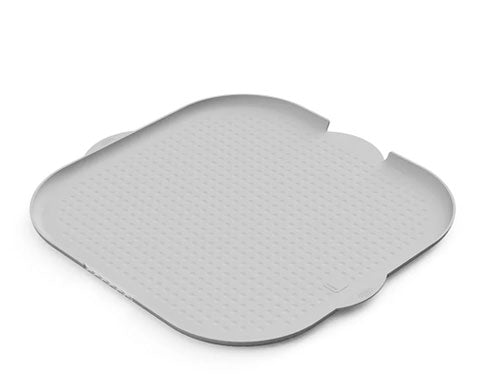20% off sitewide. Discount automatically applied.
20% off sitewide. Discount automatically applied.
Litter Boxes

Modkat Flip
Front-Entry Litter Box

Modkat XL
Front/Top-Entry Litter Box

Modkat
Top-Entry Litter Box

Modkat Tray
Open Litter Box
Bundles
Essentials

Litter Keeper
Two colors

Litter Mats
Multiple styles, colors & sizes

Tidy-Up Kit
Scoop holder & dustpan

Lounge + Play
Scratchers & toys
Refills
Add description, images, menus and links to your mega menu
A column with no settings can be used as a spacer
Link to your collections, sales and even external links
Add up to five columns
Add description, images, menus and links to your mega menu
A column with no settings can be used as a spacer
Link to your collections, sales and even external links
Add up to five columns
Why are some cats lap cats and others are not?

If your cat enjoys curling up in your lap, you can thank its friendly mother and father or its genetics for that. But if your feline avoids your lap like it's an alligator-laden swamp on a dark night, there may be some things you can try to turn your fur friend into a lap cat.
Positive human interaction with kittens from three weeks to seven weeks of age is vital to their development for social tolerance. Without early hands-on encounters with humans, kittens are less likely to mature into friendly adults who are comfortable with a human touch. However, there are some cat breeds that tend to be cuddlier than others and more inclined to rest in your lap. Birman, Devonshire Rex, Maine Coons, and Persians are among the breeds known for being cuddly and affectionate. These breeds tend to exhibit friendlier personalities, but all cats are unique. Some are just more amenable to humans than others.
If you’re looking for a kitty at your local shelter and are not sure how much human interaction it may have had, sit for a time with the felines to see if any respond positively to your presence. On the other hand, if you’ve got a kitty already at home that isn’t a lap sitter, you can try these tricks to help them become more comfortable with snuggling:
Spend time with your kitty to pick up on personality traits. Interacting with your cat during playtime helps you better understand him and creates a positive experience between the two of you. If your cat loves to play and you provide him plenty of opportunities for entertaining activities, he’ll be comfortable approaching you for more pleasant encounters, including possibly climbing into your lap.
Never force your cat to sit in your lap. Scooping him up and holding him down will erode any trust he might have in you and create a fear that compels him to retreat. Any hope of coaxing him back could be seriously dashed at the moment you try to force him to stay. Cats aren’t keen on being confined and restricted.
Let your cat come to you. Drape a soft, cuddly blanket across your lap as an open invitation. Cats love to curl up on soft surfaces, and a cozy blanket may be just the thing that beckons your furry friend to come and linger.
Be sure your lap is welcoming and safe. Avoid cluttering your lap with a remote control that could trigger a sound on the TV or with a cell phone that might beep or vibrate. These items could scare your cat and compromise any future lap-sitting opportunities. Cats tend to recall frightening moments so ensure your lap is a secure place to curl up and snooze.
Use treats as positive reinforcement. Start incrementally with a treat at your feet. If your kitty responds, try a treat next to you on the sofa until you work up to your lap. Build trust, but avoid reaching out to your cat even if she finally reaches your lap. You want to be sure she comes around on her terms even while rewarding her with a treat.
Make lap time pleasant. Avoid placing your cat in your lap to clip her nails or administer medications. If she associates lap time with an unpleasant experience, she won’t likely be interested in sitting with you in the future.
Convincing your cat to snuggle could be a challenge. Some cats might never be lap sitters. They may just be content to sit alongside you. And that’s OK. Cats have other ways to show their affection for you such as head bunting, curling around your legs, licking you, and greeting you at the door. Savor those moments instead. 🐈
“It looks nicer than any other hooded or open option we considered.”

Categories
Meow from Brooklyn.
Sign up and get early access to product drops, exclusive offers, and the occasional cat meme.
Similar products related to this blog:

"It looks nicer than any other hooded or open option we considered."


"This litter box keeps everything in, nothing gets out the sides."

"My beautiful ragdoll cat and I both love the new Modkat Litter tray!"











